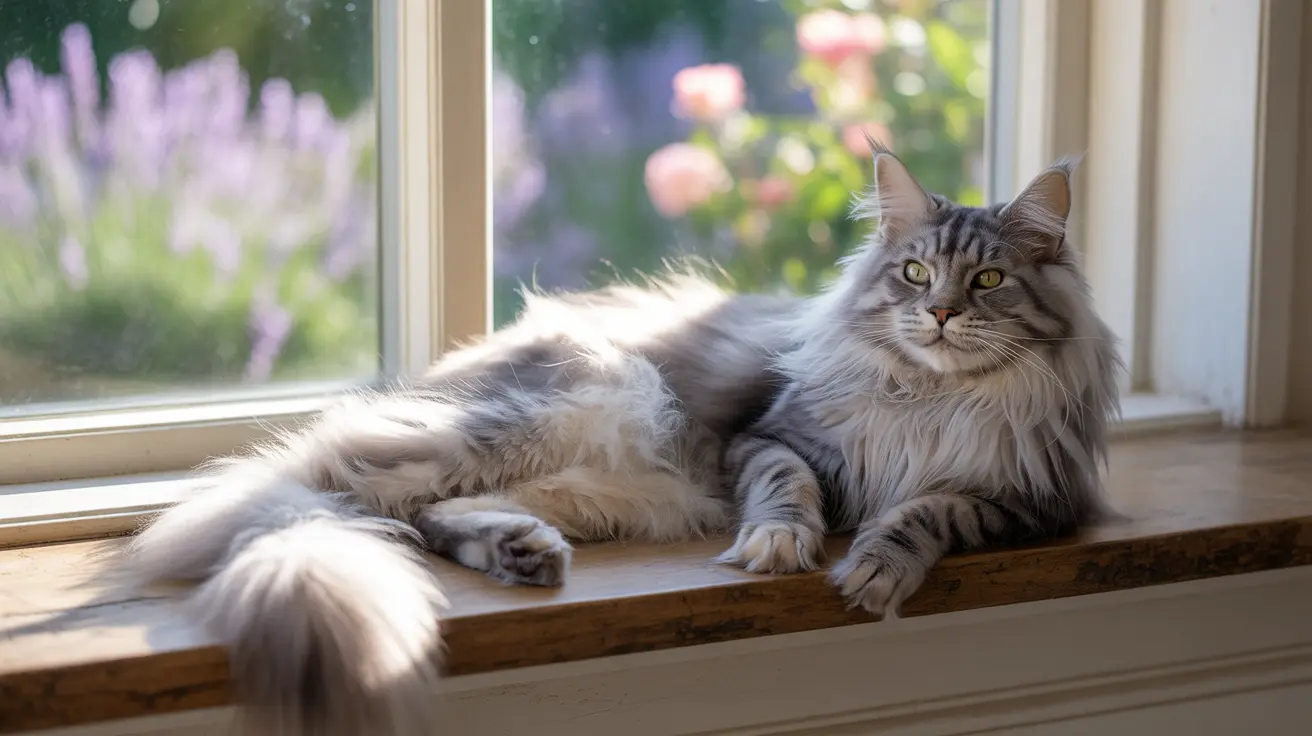Ever wondered why your feline friend chooses certain spots for their countless daily naps? Understanding where cats like to sleep isn't just about satisfying our curiosity – it provides valuable insights into their health, happiness, and natural instincts. Let's explore the fascinating world of cat sleeping habits and discover why they choose their favorite snoozing spots.
As creatures that sleep between 12-16 hours daily, cats are particular about where they rest. Their choice of sleeping location is influenced by various factors, including safety, temperature, comfort, and their inherent predatory nature. Understanding these preferences can help you create the perfect environment for your furry friend's rest.
Popular Cat Sleeping Spots and Why They Choose Them
Elevated Perches and High Places
Cats naturally gravitate toward high spots for sleeping, such as cat trees, windowsills, and tall furniture. This preference stems from their wild ancestors' need to survey their territory while remaining safe from predators. These elevated positions offer both security and a tactical advantage, allowing cats to observe their surroundings while resting.
Warm and Cozy Spaces
You'll often find cats curled up in sunny spots, near heating vents, or on warm appliances. This isn't just about comfort – cats have a higher body temperature than humans and need to maintain it for optimal function. Warm locations help them conserve energy while staying comfortable during their frequent naps.
Hidden Retreats
Boxes, closets, and under-furniture spaces are popular sleeping spots because they satisfy cats' instinctive need for shelter. These enclosed areas provide a sense of security and protection, similar to the dens their wild ancestors would seek for safety.
The Human Connection: Sleeping Near Their Owners
Many cats choose to sleep on or near their human companions, whether it's on beds, laps, or even directly on their owner's chest. This behavior demonstrates trust and social bonding, while also providing practical benefits like warmth and security.
Why Cats Sleep on Beds
Your bed represents a perfect combination of comfort, elevation, and your familiar scent. Additionally, sleeping near you allows cats to strengthen their social bonds and feel protected during their vulnerable sleeping hours.
Creating the Perfect Sleep Environment
Temperature and Comfort
Provide various sleeping options at different temperatures and heights throughout your home. Include both sunny spots and shaded areas, allowing your cat to regulate their body temperature as needed.
Safety and Security
Ensure sleeping areas offer clear escape routes and good visibility. Cat beds with high sides or covered tops can provide the security many cats prefer while resting.
Monitoring Sleep Patterns for Health
Changes in sleeping location or duration can indicate health issues or stress. If your cat suddenly abandons favorite sleeping spots or sleeps significantly more or less than usual, consult your veterinarian to rule out potential problems.
Frequently Asked Questions
Where do cats like to sleep and why do they prefer those spots?
Cats prefer sleeping in warm, secure locations that offer good visibility or protection. They commonly choose elevated spots, enclosed spaces, or warm areas near their owners because these locations satisfy their instinctive needs for safety and comfort.
Why do cats often choose to sleep on their owner's bed or close to humans?
Cats sleep near their owners to maintain social bonds, share warmth, and feel protected. Your bed also provides comfort and carries your familiar scent, making it an attractive sleeping location.
How does a cat's natural sleep cycle affect where and when they sleep?
Cats are crepuscular animals, meaning they're most active at dawn and dusk. Their polyphasic sleep pattern results in multiple short naps throughout the day, leading them to seek various sleeping spots depending on the time and environmental conditions.
What are the signs that my cat's sleeping habits might indicate health or stress issues?
Watch for sudden changes in sleeping location preferences, significant increases or decreases in sleep duration, or unusual sleeping positions. These changes could indicate stress, pain, or illness requiring veterinary attention.
How can I create the perfect sleeping environment that my cat will love?
Provide multiple sleeping options at various heights and temperatures, including both enclosed and open spaces. Ensure each location offers security, comfort, and easy access. Include both sunny spots and shaded areas to accommodate your cat's changing preferences throughout the day.
Understanding where cats like to sleep helps us create better environments for our feline friends while monitoring their health and happiness. By providing various suitable sleeping options and respecting their natural preferences, we can ensure our cats get the quality rest they need to thrive.






